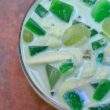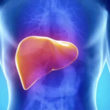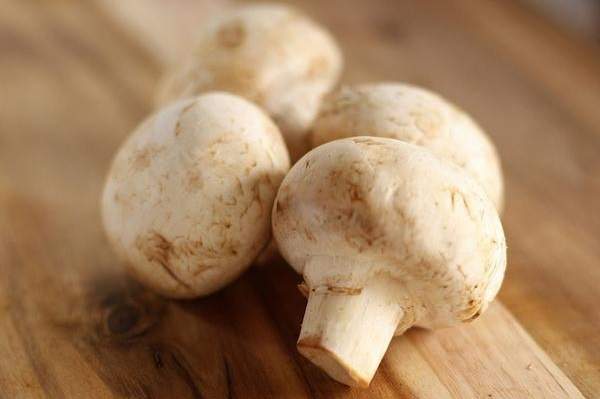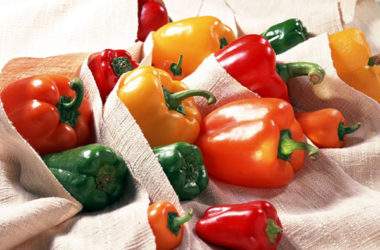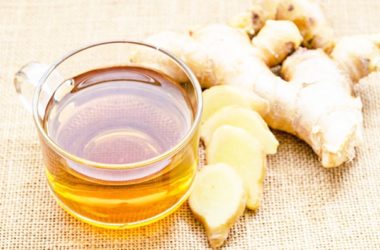Vitamin D is one of the fat-soluble vitamins, along with vitamins A, E, and K. Being fat-soluble means being able to be dissolved in fat. The vitamin has various benefits, which primarily include calcium absorption and bone strengthening. Its other functions are cellular proliferation, cancer suppression, insulin regulation, and cardiorespiratory support.
Food is the best source for vitamin D, though it can be also obtained through supplementation. The following are some of them.
Cod Liver Oil
Cod liver oil is one of the vitamin D sources. According to Healthaliciousness, it contains 10,000 IU per 100 grams, which is equivalent to 1667 percent DV. It halso has 1,400 IU per tablespoon (233 percent DV), and 500 IU per teaspoon (83 percent DV).
Along with vitamin D, cod liver oil provides essential fatty acids to the body. As per Medical News Today, these include omega 3 fatty acids, which contribute to skin radiance and cardiovascular health. In addition, omega 3 also helps in vitamin and mineral absorption, as well as immune system boost.
Mushrooms
Mushrooms are another vitamin D-rich food selections. As per Healthaliciousness, the fungi contain 1,136 IU or 189 percent DV per 100 grams. A cup also contains 977 IU or 163 percent DV while an 84-gram piece of mushroom contains 954 IU or 159 percent DV.
Cancer prevention is another benefit of mushrooms. According to Healthy Eating, a study published in the Nov. 2010 issue of the journal “Experimental Biology and Medicine” revealed that white button mushrooms and some other varieties considerably reduced the risk of breast cancer development by suppressing cancer cell growth and proliferation. Nonetheless, efforts are yet to be put to more studies for back-up literature.
Fish
In the aquatic source, fish is one of the sources of vitamin D. As per Healthaliciousness, oily fish like trout contains 760 IU or 127 percent DV. One fillet has 540 IU or 90 percent DV while a 3-ounce fish contains 646 IU or 108 percent DV.
Along with vitamin D, trout also has protein, a macronutrient responsible for cellular and tissue growth, repair, and development. As per Healthy Eating, the fish contains 21 grams of protein, which provides 37 percent of the receommended daily allowance for an adult man and 46 percent of the daily need for an adult woman.
Milk
When it comes to vitamin D, milk is one of the top sources that comes into mind. As a dairy product, it contains 108 IU or 18 percent DV per 100 g, 132 IU or 22 percent DV per cup, and 66 IU or 11 percent DV per 1/2 cup. As per Healthaliciousness, fortified whole milk, low fat fruit yogurt, and goat’s milk contain 21 percent DV; fortified semi-skim milk contains 20 percent DV; and fortified skim milk has 19 percent DV.
Milk can stretch a person’s life span, according to Everyday Health. As per the publication, studies conducted at the Universities of Bristol, Cardiff, and Reading in the United Kingdom found that drinking milk could decrease a person’s risk from dying secondary to heart disease and stroke by as much as 20 percent. As per the researchers’ analyses, milk consumption provides a “survival advantage.”
According to National Institutes of Health (NIH), fortified foods give majority of the vitamin in the American diet. As case in point is the United States milk supply; as per the publication, it is fortified with 100 IU per cup. On the other hand, milk in Canadian territories is fortified by law with 35 to 40 IU per 100 ml, just like in margarine, which is fortified at more than or equal to 530 IU per 100 grams.
Overall, vitamin D is one of the nutrients the human body needs; however, consuming it alone is insufficient. The body needs the other vitamins and minerals in order to carry out multiple functions of the body, in both macroscopic and microscopic scale.





